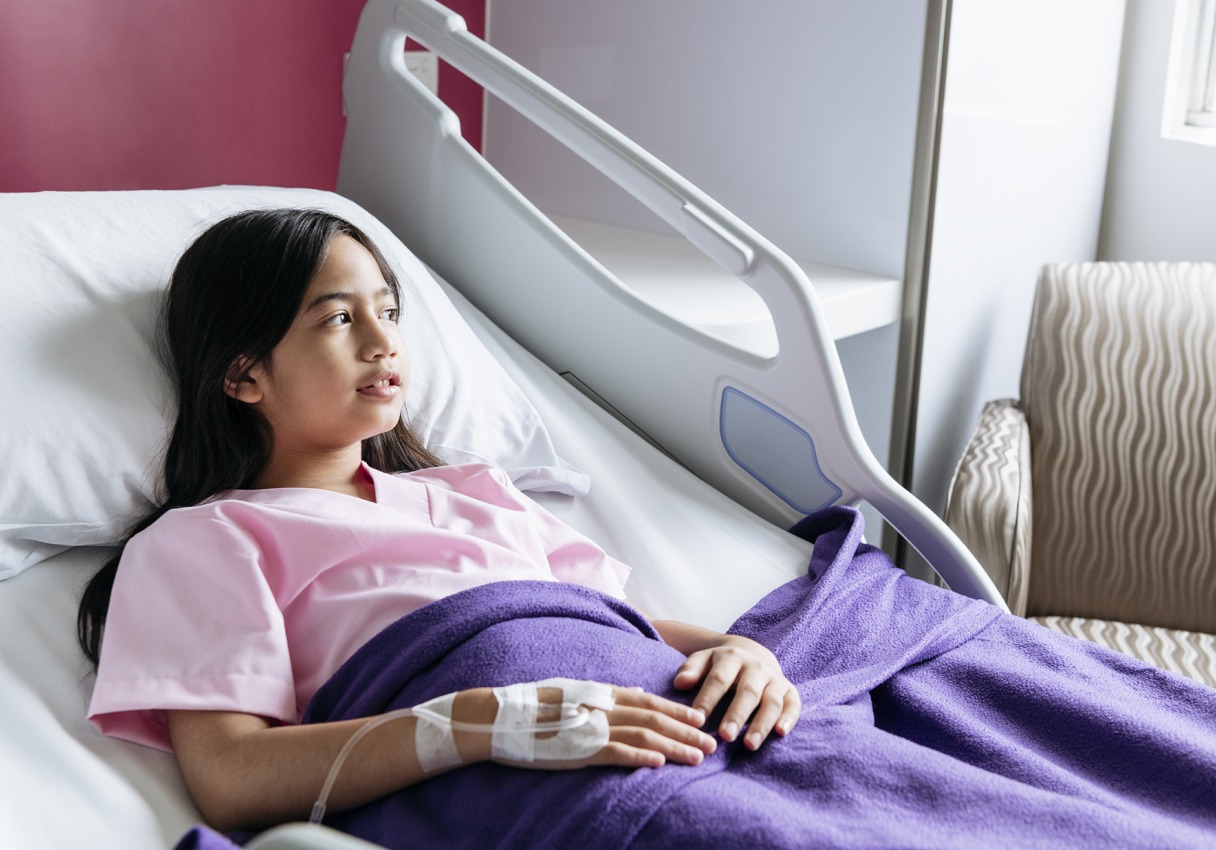Searching for a donor
If a blood stem cell transplant is the best option for a patient with blood cancer or a blood disorder, a search will be carried out to find the most suitable donor.
For a transplant to succeed, the tissue type must be a compatible match between a patient and donor. The most suitable donor for a blood stem cell transplant is a fully matched family member, but only one in every three patients has a related donor match.
The transplant doctor and treatment team will start a family search for a donor, beginning with siblings. If a suitable donor isn’t found within the family, the next step is to search for an unrelated donor or cord blood unit through Stem Cell Donors Australia.

Finding an unrelated match through Stem Cell Donors Australia
We need to know some information about the patient before starting a search. This includes their tissue and blood type, name and date of birth. The transplant team will provide us with this information.
The tissue type checks how closely a patient’s cells match the potential donor’s. The closer the tissue type match, the better the chance of a successful transplant.
International donor searches
Around 80% of Australian patients will find that their best match is an overseas donor. Although we don’t charge Australian patients for our services, we incur various fees when we search overseas registries for a donor. For example, overseas laboratories will charge us to test samples from potential donors, or international registries will charge us to collect cells from a donor in their country. These costs must be covered, and we have an agreement with the Australian Government to pay these costs for eligible patients within certain limits.
Who is eligible?
To be eligible, patients must meet the following criteria:
- a transplant physician is treating them at an accredited Australian hospital;
- a blood stem cell transplant is an approved treatment for their condition;
- they reside in Australia;
- their most suitable donor is likely to be found overseas and
- they hold a current, unconditional Medicare card.
Patients who are otherwise eligible but do not hold a current, unconditional Medicare card can make alternative payment arrangements through their transplant hospital, insurer or third parties to cover any fees incurred by us.
How much is covered?
During the donor search phase, when potential donors are tested and screened to identify the most suitable match, the maximum amount that can be reimbursed from the Australian Government is $12,000 per eligible patient. This is the patient’s ‘lifetime’ allocation and applies regardless of whether the potential donors are related to the patient or not. This amount is sufficient to comprehensively search overseas registries for the most suitable donor.
For example, we incur $4,000 in fees for testing a patient’s sibling living overseas, which results in a transplant. However, a year later, the patient relapses and requires another transplant from an unrelated donor. We can then incur up to $8,000 in fees to identify the most suitable unrelated donor living overseas.
In addition, eligible patients are covered for the donation and transportation costs. This includes the fees incurred when the most suitable donor makes their blood stem cell donation overseas, and the cells are transported to Australia, or, alternatively, the costs involved in having the overseas donor travel to Australia to make the donation. There is no limit on these fees.
How do patients apply?
Patients do not need to do anything. The transplant team will make all the necessary arrangements with us on the patient’s behalf.
More information can be found on the Commonwealth’s Department of Health website.